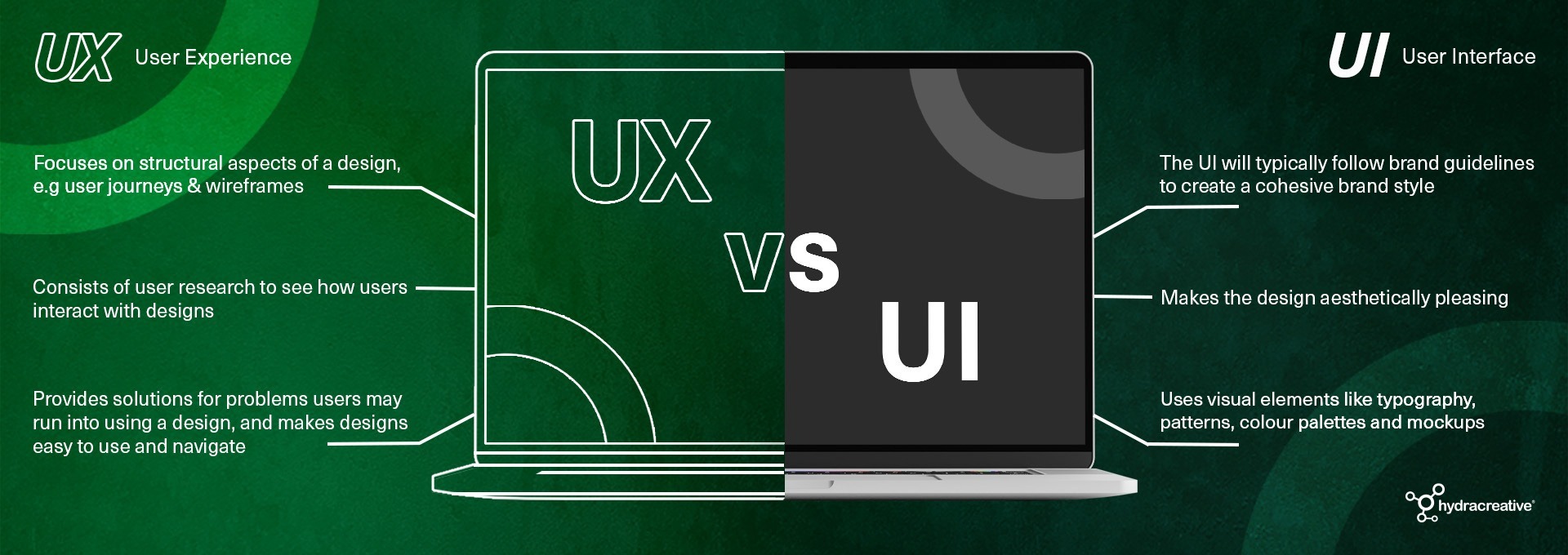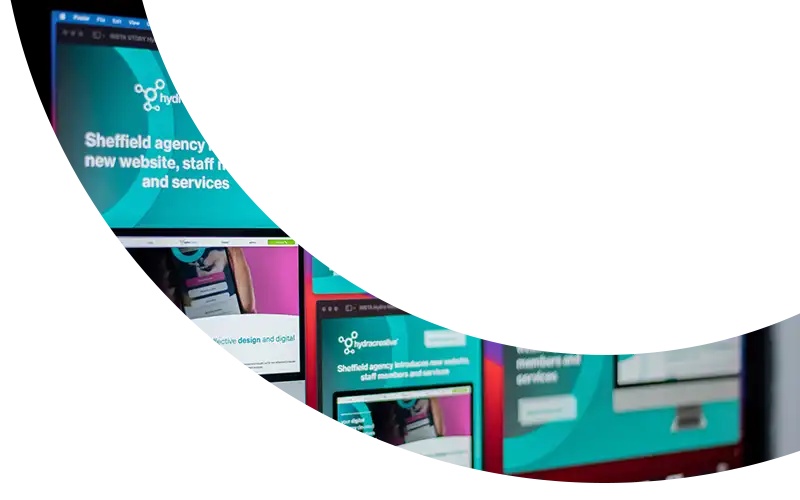You've got customers thinking about buying your product, checking out your services, or just dropping a casual 'hello', but before they embark on a relationship with your brand, your website must attract them first.
A website is more than just an online shopfront; it's an opportunity to showcase your brand values and what your business offers. No matter where users are on their journey, the pairing of UX and UI decides if this digital interaction is a smooth ride or a bit of a bumpy detour. And trust us, it's not just about looking good; a smart UX/UI design is the key to user satisfaction, keeping them around, and making your website stand out against competitors. So, let's dive into why embracing the inseparable bond between UX and UI isn't just a nice-to-have but an absolute must for your website's success. Ready? Let's go!

What Are the Definitions of UI and UX
User Experience (UX) encompasses the overall user interaction with a website, emphasising usability, accessibility, and satisfaction. On the other hand, User Interface (UI) addresses the visual elements like layout, design, and interactive components to enhance the user experience. The interplay between UX and UI involves complementary roles, where UX focuses on the broader experience, and UI is dedicated to the visual and interactive components supporting that experience. A seamlessly integrated UI ensures that the design visually aligns effectively with the functional aspects of the website.
Creating a Consistent Brand Image
Ensuring a seamless and enjoyable user experience involves two crucial components: visual consistency and functionality. Visual consistency, maintained through a cohesive UI, plays a pivotal role in brand recognition. When design elements harmonise throughout the website, users are greeted with familiarity, contributing significantly to a positive brand image. On the other hand, functionality and usability are the domain of UX. UX ensures that the website operates intuitively, allowing users to navigate effortlessly. It's here that UI steps in, presenting these functionalities in an aesthetically pleasing and user-friendly manner. The collaboration between visual harmony and user-centric functionality is the bedrock upon which a website can truly excel, providing users with not just a service but a memorable and enjoyable experience.
Enhancing User Engagement
In enhancing user engagement, two key principles come to the forefront. Firstly, an intuitive design, meticulously created through thoughtful UI considerations, reduces the learning curve for users, thereby fostering increased engagement. Navigating the website becomes an intuitive and user-friendly experience, encouraging users to explore further.
Secondly, a profound emotional connection, established through effective UX strategies, plays a crucial role. This emotional response entices users to linger on the website, prompting them to explore its features further. Ultimately, the collaboration between intuitive design and emotional connection emerges as a powerful catalyst for sustained user engagement, ensuring not just visits but lasting interactions and return engagements.
Iterative Design Process
A commitment to continuous improvement is at the forefront of the iterative design process. This methodical approach to web design involves ongoing feedback loops between UX and UI, facilitating enhancements found through user insights and responsiveness to evolving design trends.
The adaptability of the iterative process becomes vital, especially in the face of shifting user expectations. The interdependent connection between UX and UI enables agile adjustments; as a result, not only does this process contribute to the refinement of the user experience, but it also has a profound impact on conversion rates, ensuring the website remains not just current but consistently effective in converting visitors into active participants.
The impact on Conversion Rates
The impact on conversion rates is undeniably significant when a user-centric approach guides the integration of UX and UI elements. This seamless approach ensures a positive user journey and substantially enhances the likelihood of successful conversions. A thorough understanding of user behaviour through UX research allows for strategically refining the UI elements, directing users towards desired actions, and creating a more streamlined conversion process.
Acknowledging the essential connection between UX and UI extends beyond personal preference; it's fundamental for your website's success. This awareness ensures that each user interaction seamlessly aligns with the principles of a thoughtful and practical digital experience, fostering an environment conducive to improved conversion rates.
It highlights the crucial importance of an integrated design approach for the success of every digital platform.
If you're looking to refresh or redesign your website to enhance your online performance. Get in touch with our friendly web designers to get started.

Let's start creating together
Let Hydra be the solution for your next project.